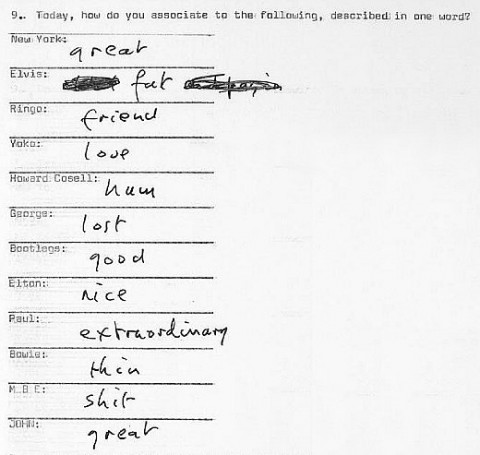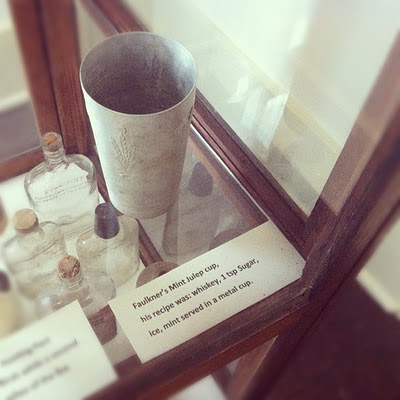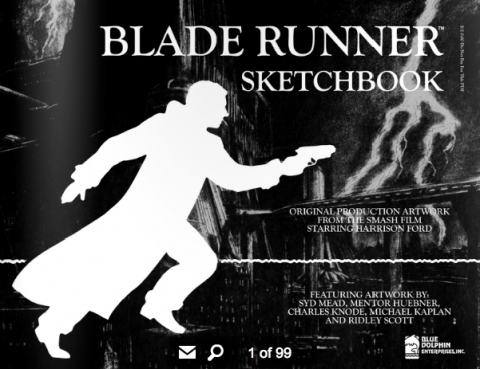Neil Gaiman is one of the handful of writers who has made comics respectable over the past several decades. He has written some classic children’s stories, plus a novel that will be adapted by HBO. A great deal of his output, though, has been in the form of short stories, and we have pulled together some free copies for you today. Some stories are available in audio and video, others in text. (We have them all separately listed in our collections: 1,000 Free Audio Books: Download Great Books for Free and 800 Free eBooks for iPad, Kindle & Other Devices.)
Audio & Video
- “Harlequin Valentine” — Free Audio at Last.FM
- “How to Talk to Girls at Parties” – Free MP3
- “Orange” (read live) – Free Video
- “Other People” (read live) – Free Video
- “The Man Who Forgot Ray Bradbury” — Free Audio
- The Truth Is a Cave in the Black Mountains — Free Audio
- The Graveyard Book (a novel read live with illustrations) – Free Video
- “Troll Bridge” (read live, starts at 4:00 mark) – Free iTunes
- “A Study in Emerald” – Free iTunes
Other Gaiman works can be download via Audible.com’s special Free Trial. More details here.
Text
- American Gods — Read the First Five Chapters Online
- “A Study in Emerald” — Read Online
- ‘Click-clack the Rattlebag’ — Read Online
- “Down to a Sunless Sea” — Read Online
- “How To Talk To Girls At Parties” — Read Online
- “I Cthulhu” – Read Online
- “The Case of the Four and Twenty Blackbirds” – Read Online
- “The Day the Saucers Came” – Read Online
- The Truth Is a Cave in the Black Mountains — Read Online
And, since it’s certainly timely, we leave you with Gaiman’s New Year’s Eve message delivered to a crowd in Boston several years ago:
May your coming year be filled with magic and dreams and good madness. I hope you read some fine books and kiss someone who thinks you’re wonderful, and don’t forget to make some art — write or draw or build or sing or live as only you can. May your coming year be a wonderful thing in which you dream both dangerously and outrageously.
I hope you will make something that didn’t exist before you made it, that you will be loved and you will be liked and you will have people to love and to like in return. And most importantly, because I think there should be more kindness and more wisdom in the world right now — I hope that you will, when you need to, be wise and that you will always be kind. And I hope that somewhere in the next year you surprise yourself.
Mark Linsenmayer runs the Partially Examined Life philosophy podcast and blog. He also performs with the Madison, WI band New People.




